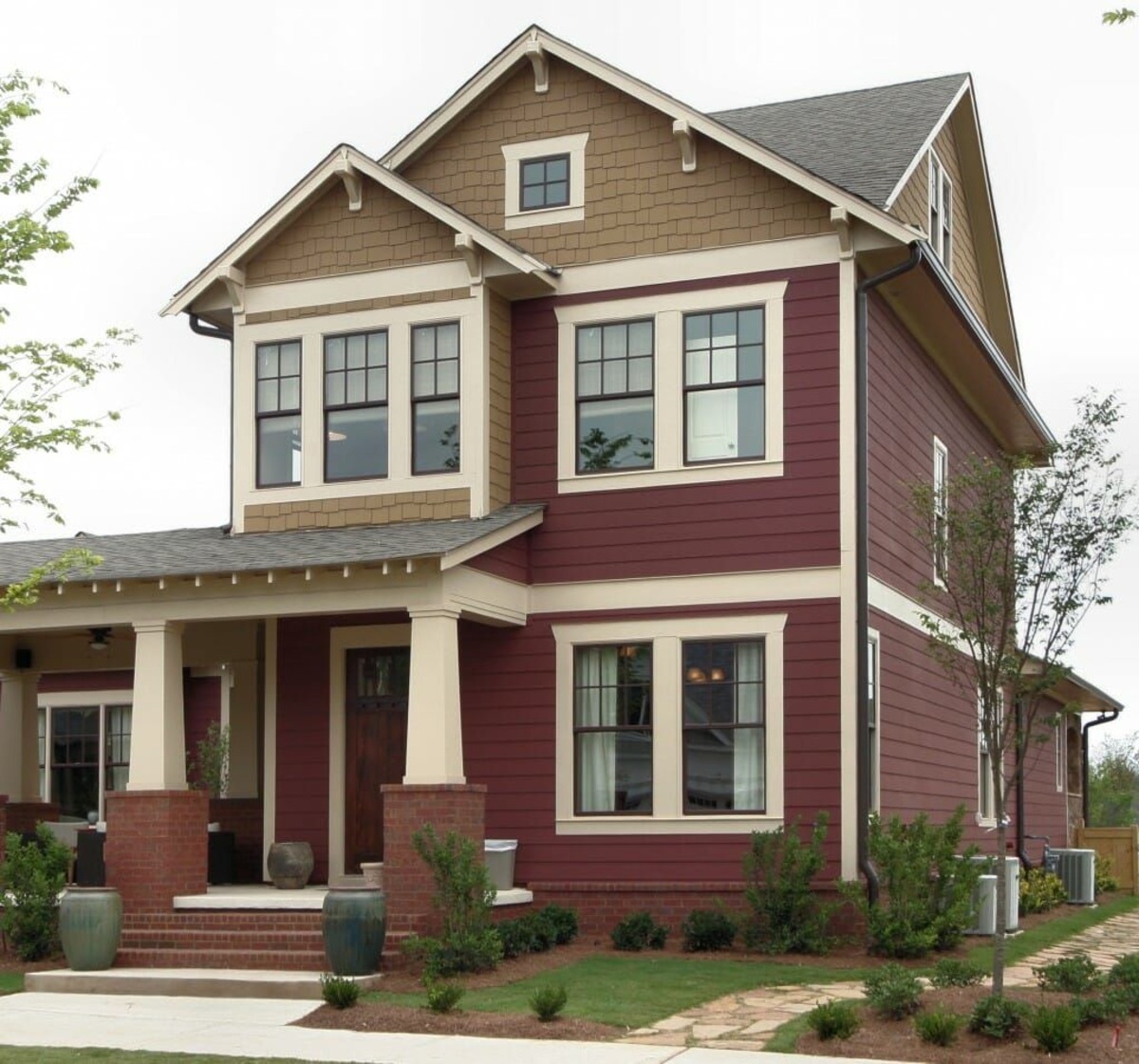

Articles
How Much Do You Overlap Hardie Siding
Modified: January 19, 2024
Learn about the overlap of Hardie siding in our informative articles. Understand how much overlap is necessary for optimal installation and durability.
(Many of the links in this article redirect to a specific reviewed product. Your purchase of these products through affiliate links helps to generate commission for Storables.com, at no extra cost. Learn more)
Introduction
Welcome to the world of home exteriors, where aesthetics and functionality come together to protect our houses from the elements. When it comes to siding options, Hardie siding is a popular choice for its durability, versatility, and low maintenance requirements. However, one crucial aspect of Hardie siding installation that often goes overlooked is the amount of overlap between the individual siding panels.
In this article, we will delve into the importance of understanding and properly implementing the necessary amount of overlap when installing Hardie siding. We will explore the reasons why overlap is crucial, the factors that influence the required amount of overlap, and the potential issues that can arise from insufficient overlap. So, let’s dive in and explore the world of Hardie siding and its overlap requirements.
Key Takeaways:
- Proper overlap in Hardie siding installation is crucial for weather resistance, durability, and energy efficiency. Adhering to manufacturer guidelines and considering climate and building codes ensures long-term protection and aesthetic appeal.
- Insufficient overlap in Hardie siding can lead to water damage, exposure of underlying materials, and decreased aesthetic appeal. Following recommended overlap guidelines safeguards against common issues and maintains warranty coverage.
Read more: How Much Overlap On Vinyl Siding
What is Hardie siding?
Hardie siding, also known as James Hardie fiber cement siding, is a popular choice among homeowners and builders due to its durability and versatility. It is made from a mixture of cement, wood fibers, and other additives, which are compressed to create sturdy, weather-resistant panels.
Hardie siding offers a range of benefits, making it an attractive option for both aesthetic and functional reasons. It is resistant to rot, termites, and fire, making it a safer choice for homeowners. Additionally, it can withstand extreme weather conditions, such as high winds, heavy rain, and cold temperatures, ensuring longevity and protection for your home.
One of the key features of Hardie siding is its ability to mimic the appearance of natural materials like wood or stone. The siding is available in a variety of finishes, textures, and colors, allowing homeowners to customize their home’s exterior to their liking. Whether you prefer a classic, rustic, or contemporary look, you can achieve it with Hardie siding.
In addition to its aesthetic appeal, Hardie siding is also low maintenance. Unlike traditional wood siding that requires frequent repainting or staining, Hardie siding is pre-finished during the manufacturing process. This means you won’t have to spend time and money on ongoing maintenance tasks, such as painting or sealing, making it a convenient choice for busy homeowners.
Overall, Hardie siding combines the best of both worlds – the natural look and appeal of traditional materials combined with the durability and low maintenance advantages of modern building materials. But, to ensure that your Hardie siding functions as intended and looks its best, it’s important to understand the concept of siding overlap.
Understanding siding overlap
Siding overlap refers to the portion of each siding panel that is covered by the adjacent panel. This overlapping design creates a watertight seal that prevents water from penetrating the siding and potentially causing damage to the underlying structure of the house.
The purpose of siding overlap is twofold – it provides protection against moisture infiltration and enhances the overall integrity of the siding installation. By overlapping the siding panels, a barrier is created that prevents water, wind, and other elements from seeping behind the siding and causing potential issues, such as rot, mold growth, or warping.
The amount of overlap required for Hardie siding panels can vary depending on factors such as the specific Hardie siding product being used, the climate of the area, and the design of the property. It is important to follow the manufacturer’s recommendations regarding the required overlap to ensure the optimal performance of your siding.
In general, the overlap for horizontal lap siding, such as HardiePlank®, is typically around 1 inch. This means that each siding panel will cover the top portion of the panel below it, leaving about 1 inch exposed. Similarly, for vertical siding, such as HardiePanel®, the overlap usually ranges from 1 to 2 inches.
Proper alignment and installation of the siding panels are essential to achieve the correct amount of overlap. It is crucial to ensure that each panel is securely fastened to the substrate and aligned correctly with the adjacent panels. This will help maintain the desired overlap and ensure a seamless appearance.
By understanding and implementing the recommended amount of siding overlap, you can protect your home from water damage, maintain the structural integrity of your siding, and prolong the lifespan of your siding installation. It is always advisable to consult with a professional contractor or refer to the manufacturer’s guidelines to ensure proper installation practices.
Determining the amount of overlap required
When it comes to determining the amount of overlap required for your Hardie siding installation, there are a few factors to consider. These factors can influence the recommended overlap and ensure that your siding performs optimally.
1. Manufacturer’s Guidelines: The first and most important step is to consult the manufacturer’s guidelines for the specific Hardie siding product you are using. The manufacturer will provide specific instructions on the recommended amount of overlap to ensure proper installation. Following these guidelines is crucial to maintain the warranty and guarantee the performance of the siding.
2. Climate and Weather Conditions: The climate and weather conditions in your area can impact the required overlap. In regions with high precipitation, strong winds, or extreme temperature fluctuations, it may be necessary to increase the amount of overlap for added protection. Areas prone to heavy rainfall or hurricanes, for example, may require larger overlaps to prevent water infiltration.
3. Building Codes and Regulations: Local building codes and regulations may dictate the minimum amount of overlap required for siding installations. It is essential to adhere to these regulations to ensure compliance and pass any necessary inspections. Your contractor or builder should be familiar with local codes and guidelines.
4. Architectural Design: The architectural design of your home can also influence the amount of overlap required. Complex designs, such as curved or intricate facades, may require more overlap to ensure complete coverage and a watertight seal. Consult with your architect or contractor to determine the specific requirements for your home’s design.
By considering these factors and referring to the manufacturer’s guidelines, you can determine the appropriate amount of overlap for your Hardie siding installation. Remember, proper alignment, securing the panels to the substrate, and following the recommended overlap ensure the integrity and longevity of your siding.
When installing Hardie siding, it’s important to overlap the planks correctly to ensure proper water resistance and a professional finish. The recommended overlap is 1 inch for horizontal siding and 1 1/4 inches for vertical siding.
Factors that affect the amount of overlap
Several key factors can influence the amount of overlap required for your Hardie siding installation. Understanding these factors will help you determine the optimal amount of overlap to ensure the performance and longevity of your siding.
1. Siding Product: Different Hardie siding products may have varying overlap requirements. For instance, horizontal lap siding, such as HardiePlank®, commonly has a recommended overlap of around 1 inch. On the other hand, vertical siding, like HardiePanel®, may require a greater overlap of 1 to 2 inches. It is essential to consult the manufacturer’s guidelines specific to your chosen siding product.
2. Climate and Weather: The climate and weather conditions in your area play a significant role in determining the appropriate amount of overlap. Regions with high rainfall, strong winds, or extreme temperatures may necessitate larger overlaps to provide better protection against water infiltration, wind-driven rain, and thermal expansion and contraction of the siding panels.
3. Building Codes and Regulations: Local building codes and regulations may specify the minimum amount of overlap required for siding installations. These codes are in place to ensure the structural integrity and safety of buildings. It is essential to consult with local authorities, contractors, or builders to ensure compliance with the specific regulations in your area.
4. Orientation of the Siding: The orientation of the siding panels can affect the amount of overlap needed. For example, panels located on the windward side of a building may require larger overlaps to prevent water from penetrating behind the siding during strong winds or storms.
5. Architectural Design: The architectural design of your home can impact the recommended amount of overlap. If your home features intricate designs, curves, or unusual angles, it may require custom solutions to ensure proper coverage and weather resistance. Consult with your architect, contractor, or siding professional to determine the specific overlap requirements for your home’s design.
Considering these factors and tailoring the amount of overlap to your specific circumstances will help ensure that your Hardie siding installation is both aesthetically pleasing and provides the necessary protection against the elements. Always refer to the manufacturer’s guidelines and consult with professionals to determine the optimal overlap for your project.
Read more: How Do You Clean Hardie Board Siding
Common issues with insufficient overlap
Insufficient overlap in Hardie siding installations can lead to various issues that compromise the effectiveness and durability of the siding. It is important to understand the potential problems that can arise from inadequate overlap to ensure a successful and long-lasting siding installation.
1. Water Infiltration: Lack of proper overlap can allow water to seep behind the siding panels. This can lead to moisture infiltration, which can cause rot, mold growth, and structural damage to the underlying materials. Over time, water damage can weaken the integrity of the siding and compromise the overall structure of the house.
2. Exposure of Underlying Materials: Insufficient overlap can result in the exposure of the underlying materials, such as the sheathing or insulation. These materials are not designed to be exposed to the elements and can deteriorate rapidly when not adequately protected. This can lead to further water damage, increased energy loss, and potential pest infestations.
3. Warping and Buckling: When siding panels lack the necessary overlap, they are more prone to warping and buckling. This can occur due to the expansion and contraction of the materials in response to temperature fluctuations. Warped or buckled siding not only compromises the aesthetic appeal of the home but also diminishes its ability to effectively repel moisture and protect against the elements.
4. Decreased Aesthetic Appeal: Insufficient overlap can result in visible gaps or seams between the siding panels. This detracts from the overall appearance of the home and can create an uneven and unprofessional finish. Proper overlap ensures a seamless and visually pleasing appearance, enhancing the curb appeal and value of the property.
5. Warranty and Insurance Issues: Inadequate overlap may void the warranty provided by the manufacturer of the Hardie siding. Additionally, insurance companies may consider improper installation as a factor for denying coverage for any potential damages. Following the recommended overlap guidelines is essential to maintain warranty coverage and ensure the protection of your investment.
It is essential to ensure the correct amount of overlap during the installation of Hardie siding to avoid these common issues. By following the manufacturer’s guidelines, working with experienced professionals, and paying attention to detail, you can ensure a high-quality siding installation that delivers long-term performance, protection, and visual appeal.
Benefits of proper overlap
Proper overlap in the installation of Hardie siding offers several important benefits that contribute to the overall performance and longevity of the siding system. Understanding and implementing the recommended amount of overlap is essential to ensure a successful and durable installation.
1. Enhanced Weather Resistance: A key advantage of proper overlap is improved weather resistance. The overlapping design creates a watertight seal that prevents water from infiltrating behind the siding panels. This helps to protect the underlying structure of the house from water damage, including rot, mold, and deterioration of building materials.
2. Increased Durability: Adequate overlap ensures that the siding panels are securely fastened and aligned correctly, minimizing the risk of warping, buckling, or damage due to thermal expansion and contraction. Proper installation with the right overlap helps to maintain the structural integrity of the siding, ensuring its durability over time.
3. Better Energy Efficiency: Proper overlap reduces the likelihood of gaps or spaces between the siding panels. This helps create a more airtight barrier, preventing air infiltration and increasing the energy efficiency of the home. By reducing drafts and heat transfer, proper overlap can lead to energy savings and improved comfort indoors.
4. Improved Aesthetic Appeal: The correct amount of overlap results in a seamless and visually pleasing appearance. Properly installed siding with consistent overlap reflects a high level of craftsmanship, enhancing the overall curb appeal and value of the property. It creates a uniform and professional finish that adds to the visual appeal of the home.
5. Protection of Manufacturer Warranty: Following the recommended amount of overlap specified by the manufacturer is crucial to maintain the warranty coverage for your Hardie siding. Deviating from the guidelines could void the warranty and leave you responsible for any future repairs or replacements. By adhering to the proper overlap requirements, you can ensure that your warranty remains intact and protect your investment.
Proper overlap is a critical aspect of Hardie siding installation. It safeguards your home against moisture damage, enhances durability, improves energy efficiency, and adds to the aesthetic value of the property. By understanding and implementing the recommended overlap guidelines, you can enjoy the full benefits and maximize the performance of your Hardie siding.
Conclusion
Understanding and implementing the correct amount of overlap in the installation of Hardie siding is crucial for ensuring the longevity, durability, and aesthetic appeal of your home’s exterior. Proper overlap creates a watertight seal, protects against moisture infiltration, and enhances the ability of the siding to withstand the elements.
By following the manufacturer’s guidelines, considering factors such as climate and building codes, and working with experienced professionals, you can determine the optimal amount of overlap for your specific Hardie siding product and installation. This will help prevent common issues such as water damage, exposure of underlying materials, warping, and decreased aesthetic appeal.
The benefits of proper overlap are numerous. It improves weather resistance, increases the durability of the siding, enhances energy efficiency, and adds to the overall visual appeal of your home. Additionally, adhering to the recommended overlap ensures that your warranty coverage remains intact, providing peace of mind and protecting your investment.
Remember, the installation of Hardie siding should always be approached with attention to detail and proper techniques. It is essential to consult the manufacturer’s guidelines, seek professional advice, and hire experienced contractors to ensure a successful and satisfactory outcome.
Investing in the right amount of overlap during the installation of your Hardie siding will not only protect your home but also enhance its beauty and value. So, take the time to understand the importance of overlap and make informed decisions about your siding installation. By doing so, you can enjoy a durable, attractive, and long-lasting exterior that will stand the test of time.
Frequently Asked Questions about How Much Do You Overlap Hardie Siding
Was this page helpful?
At Storables.com, we guarantee accurate and reliable information. Our content, validated by Expert Board Contributors, is crafted following stringent Editorial Policies. We're committed to providing you with well-researched, expert-backed insights for all your informational needs.
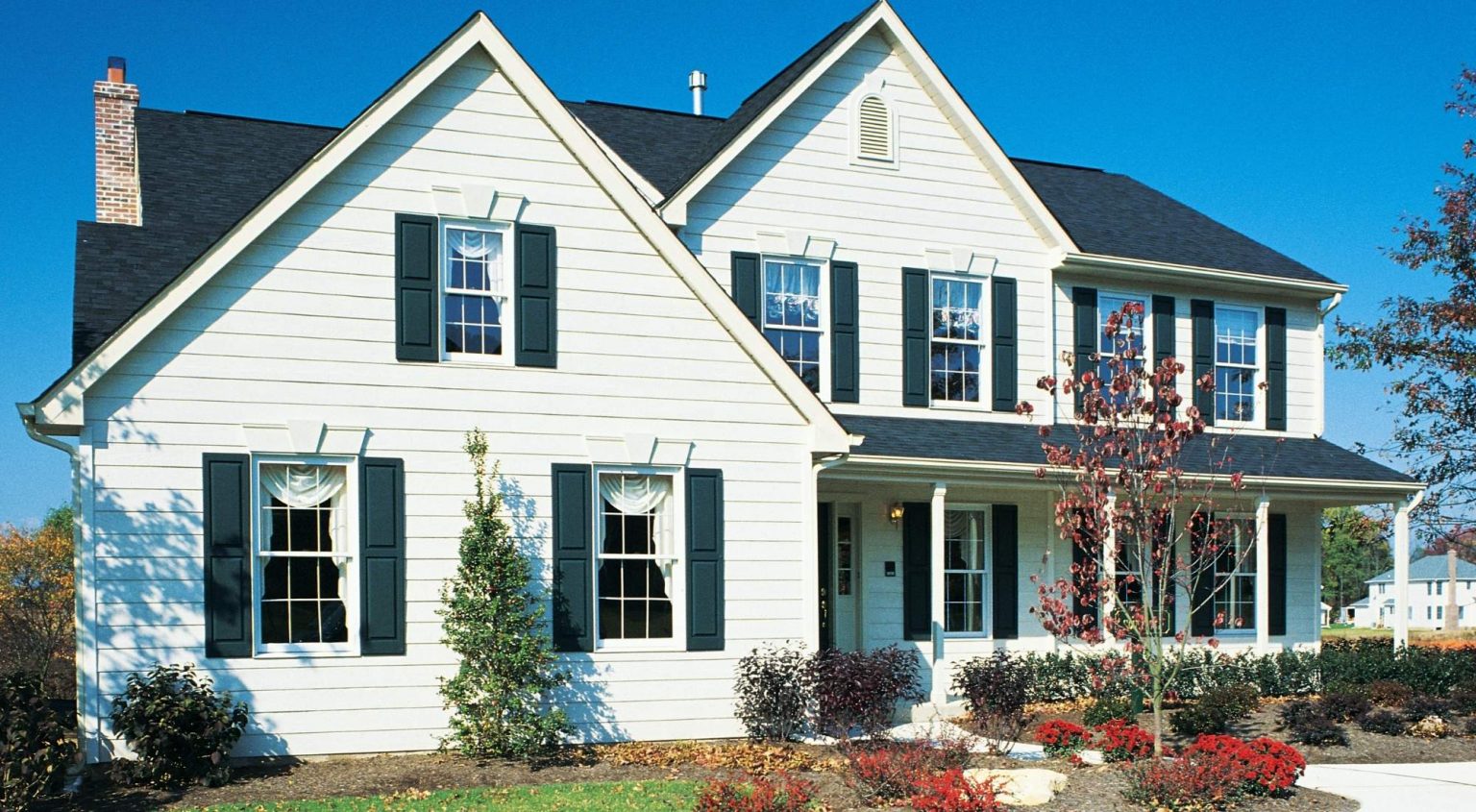
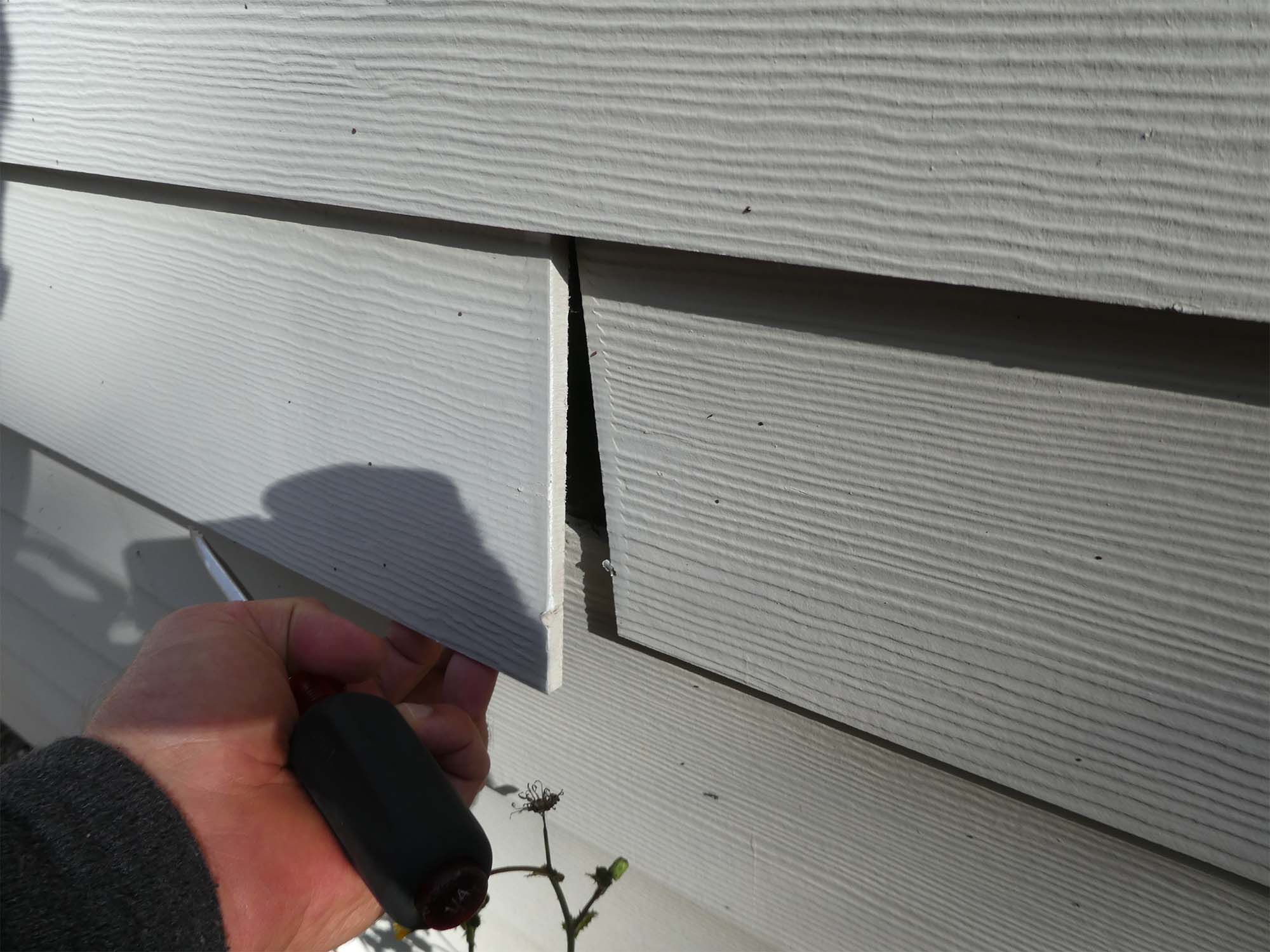
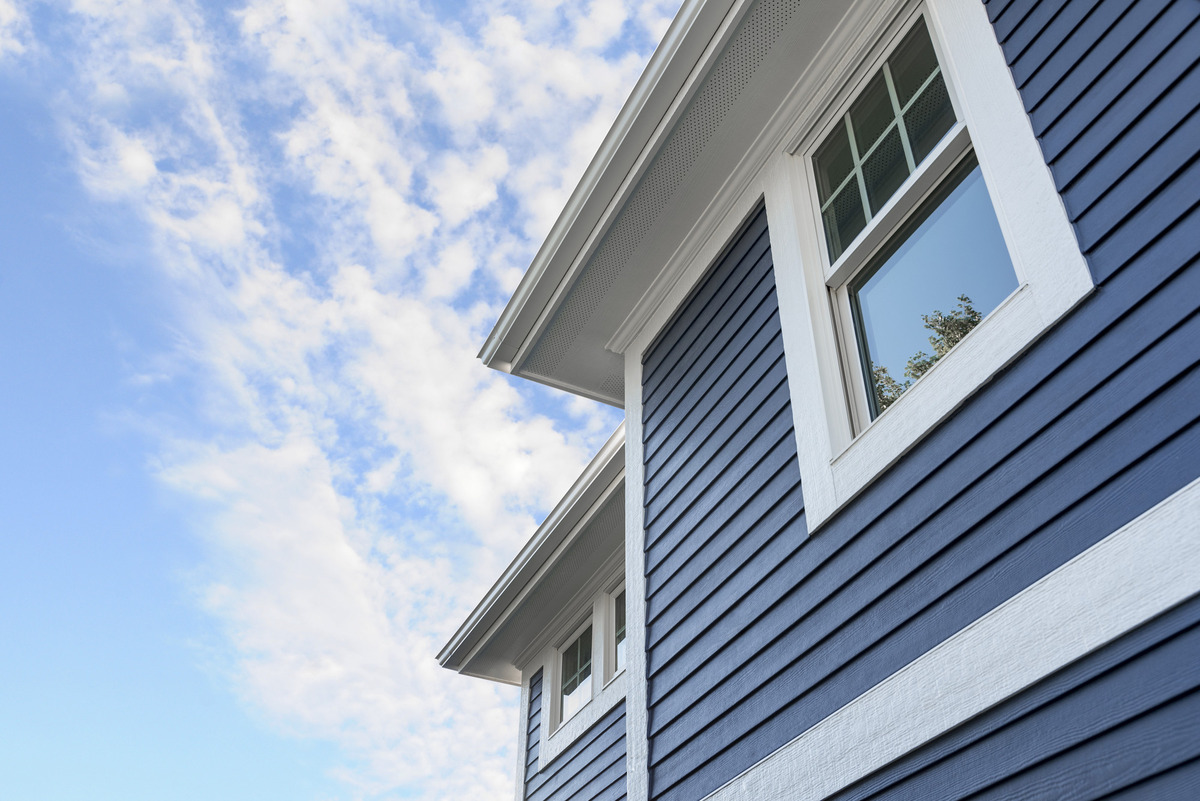
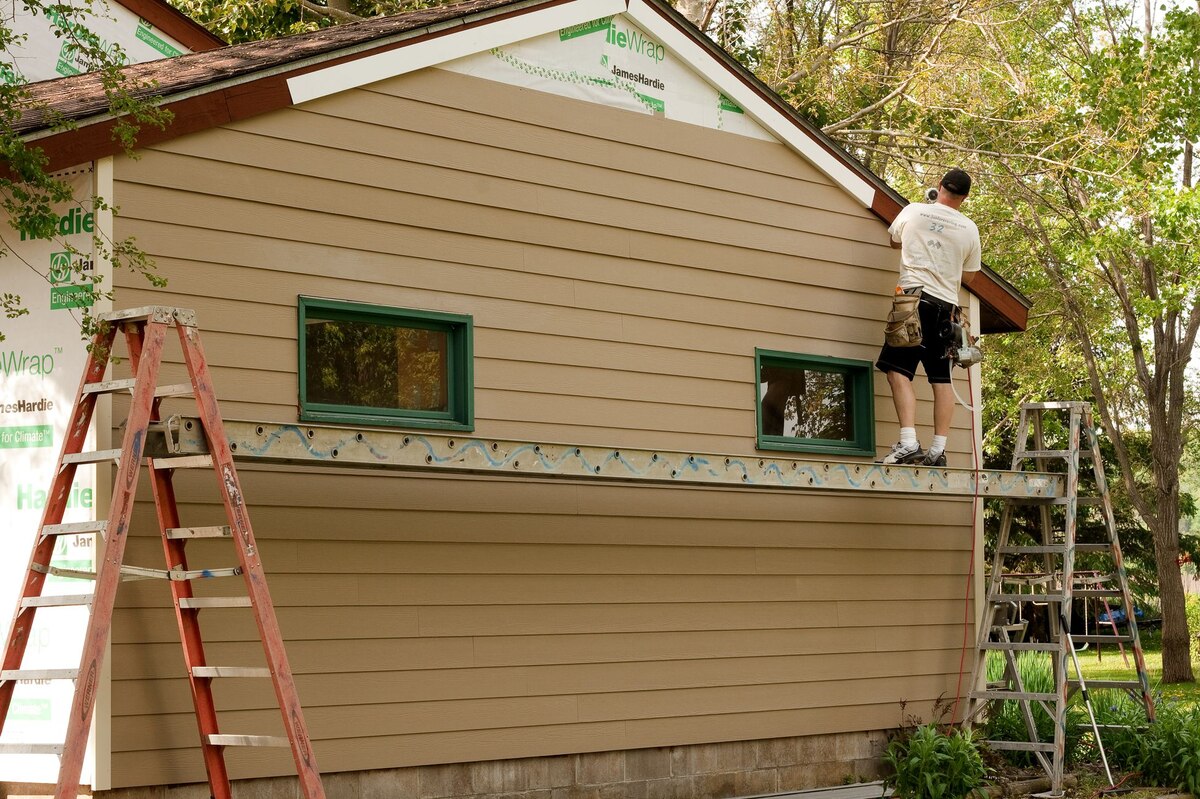
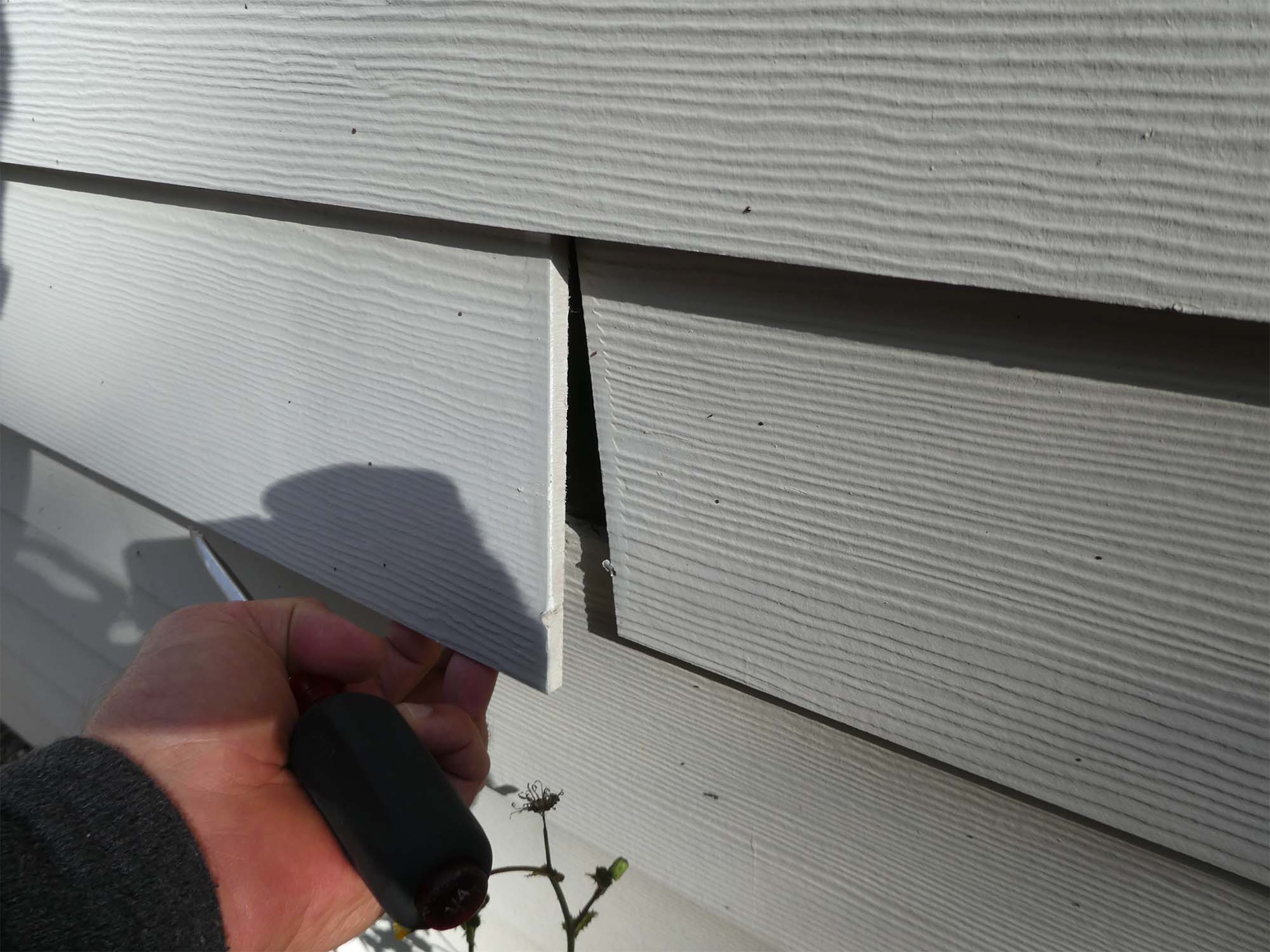
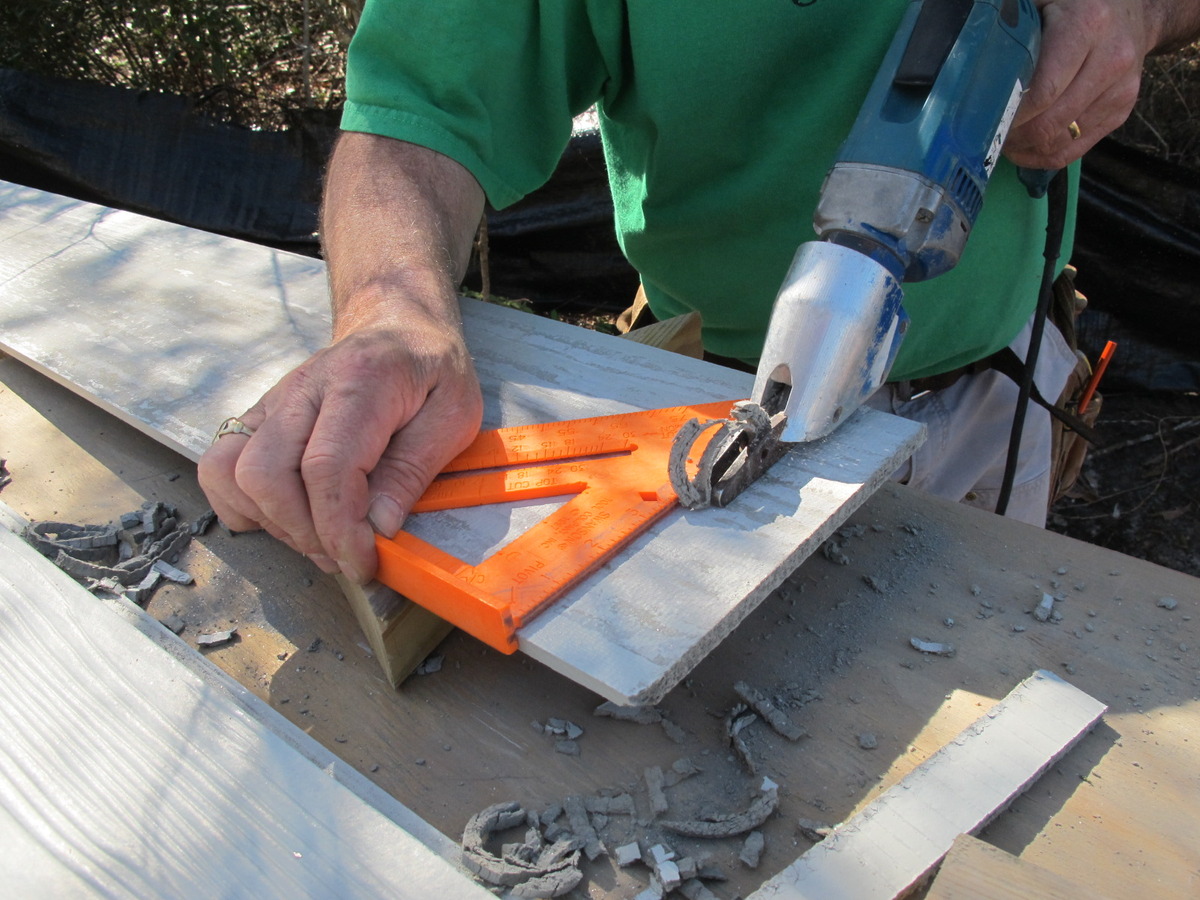
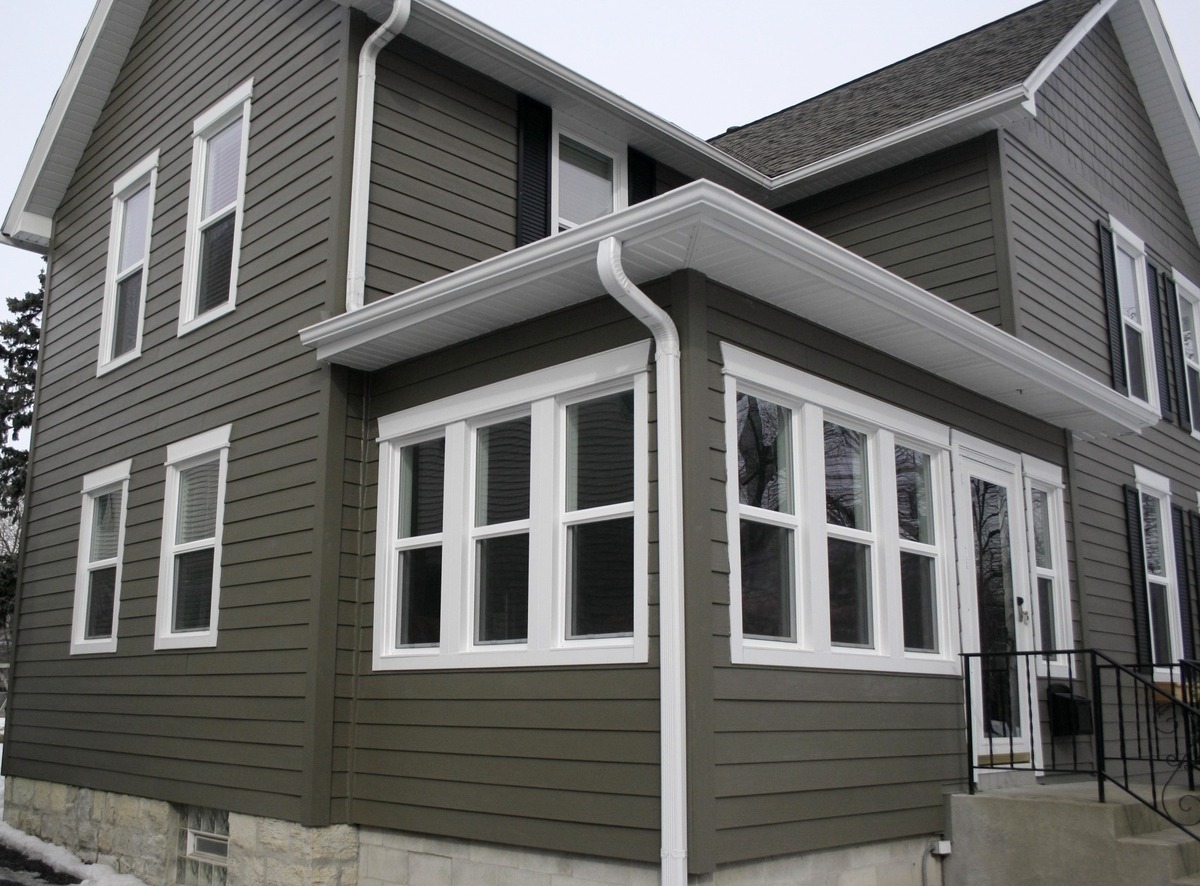
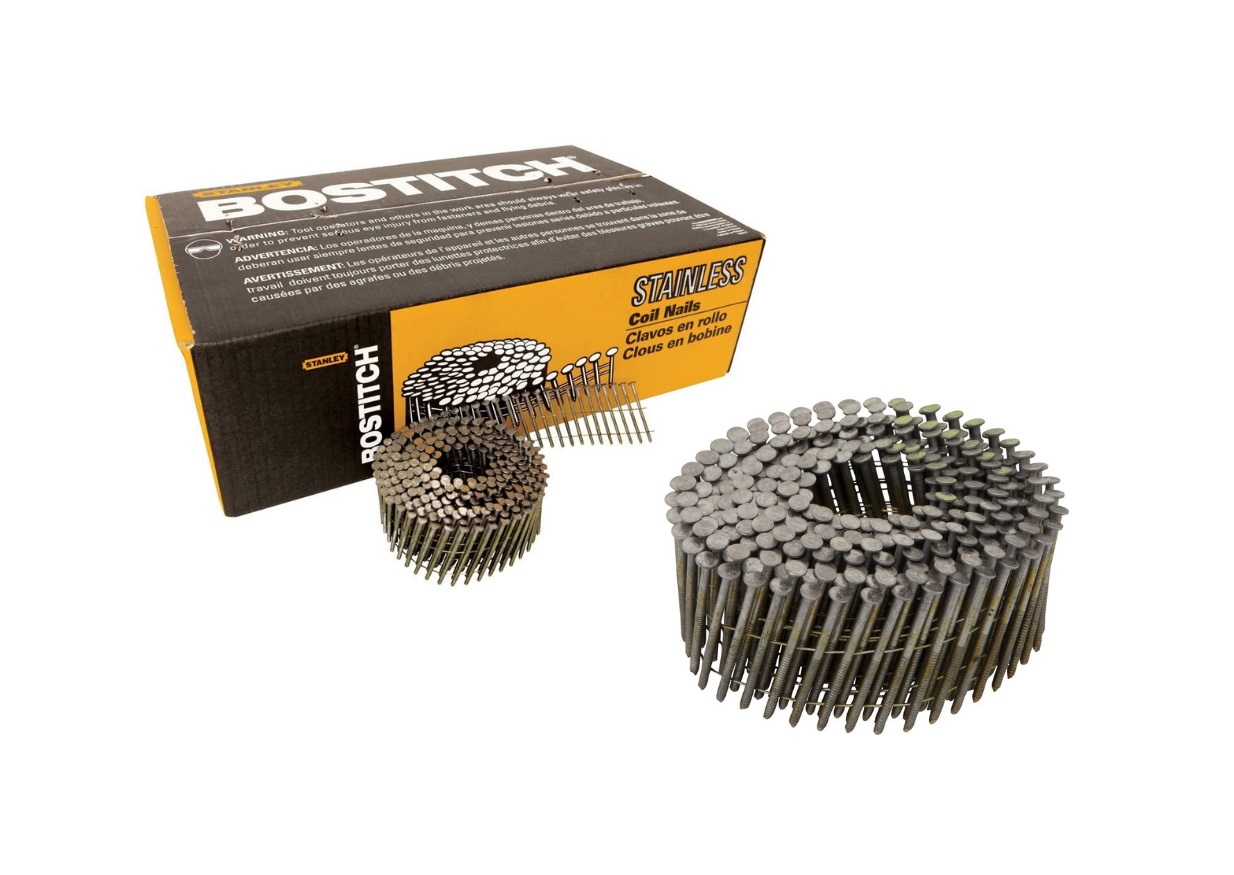
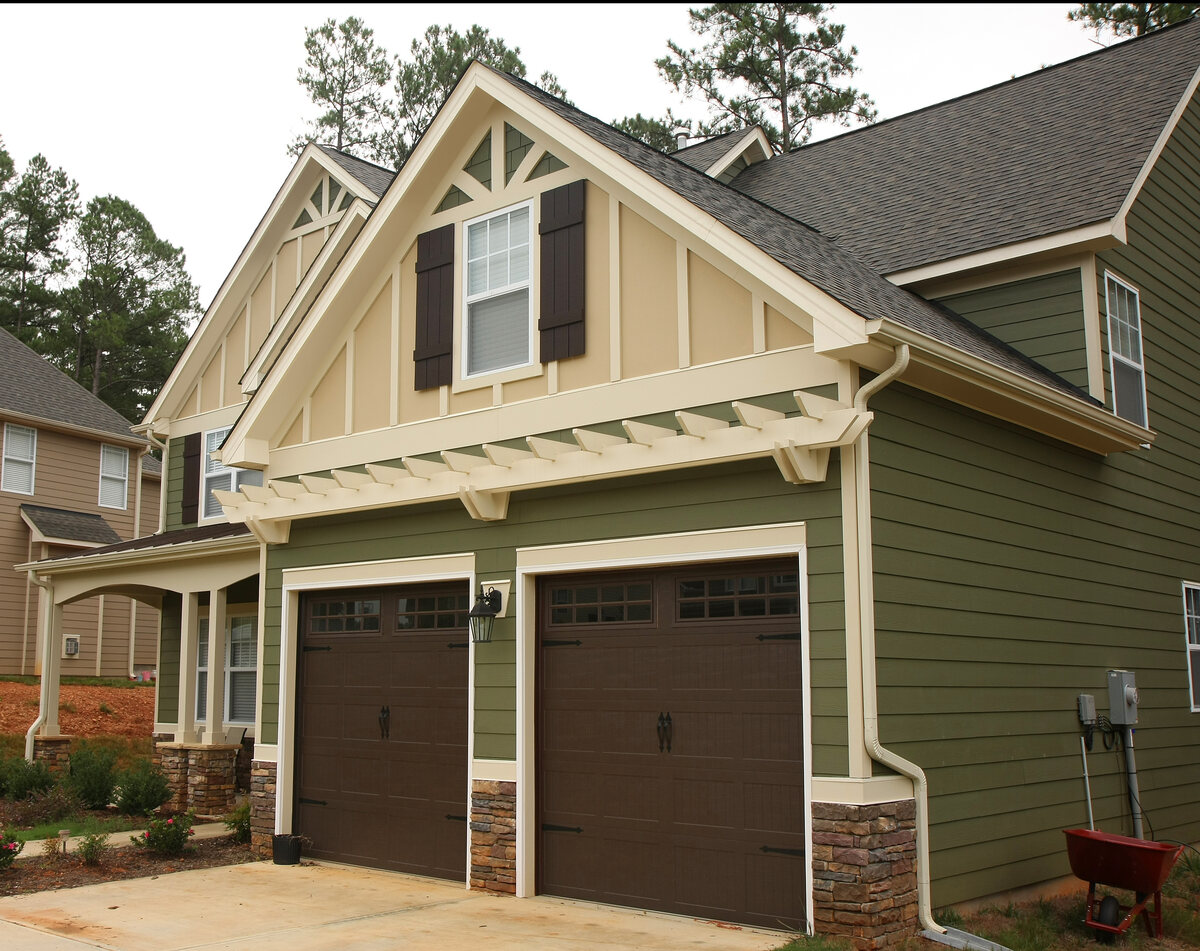
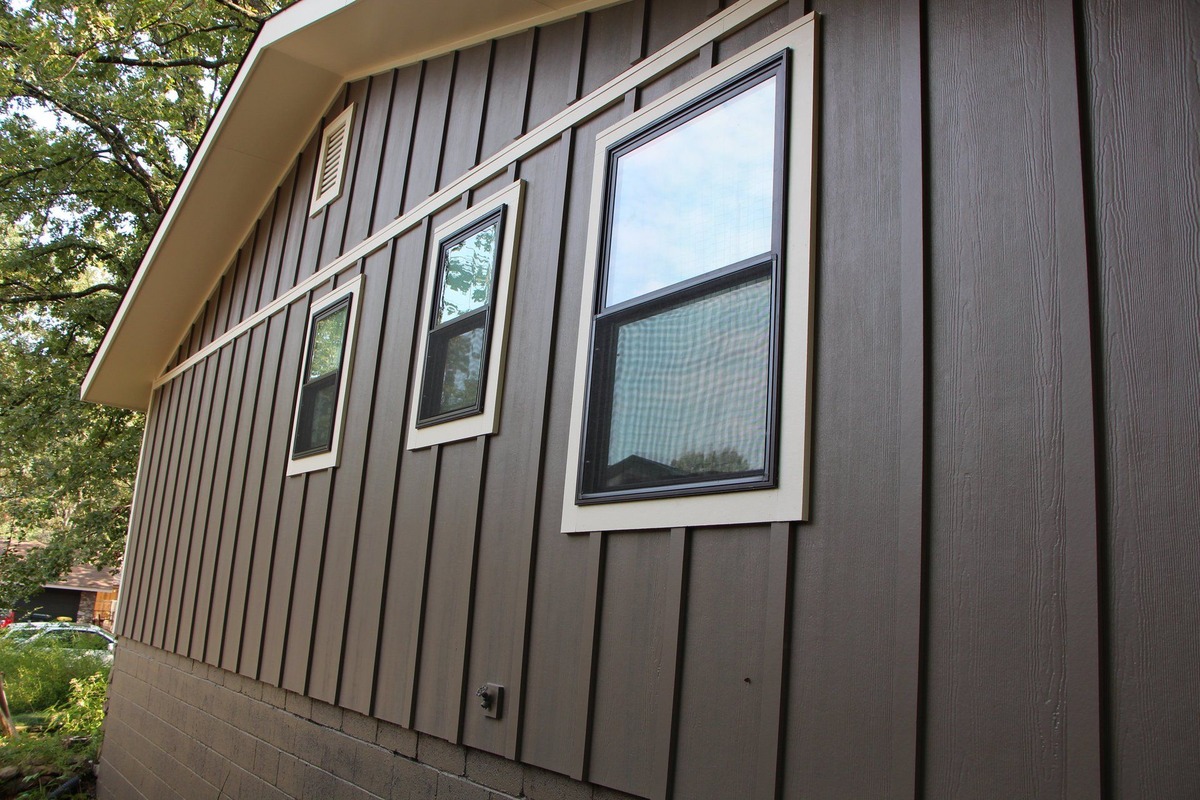
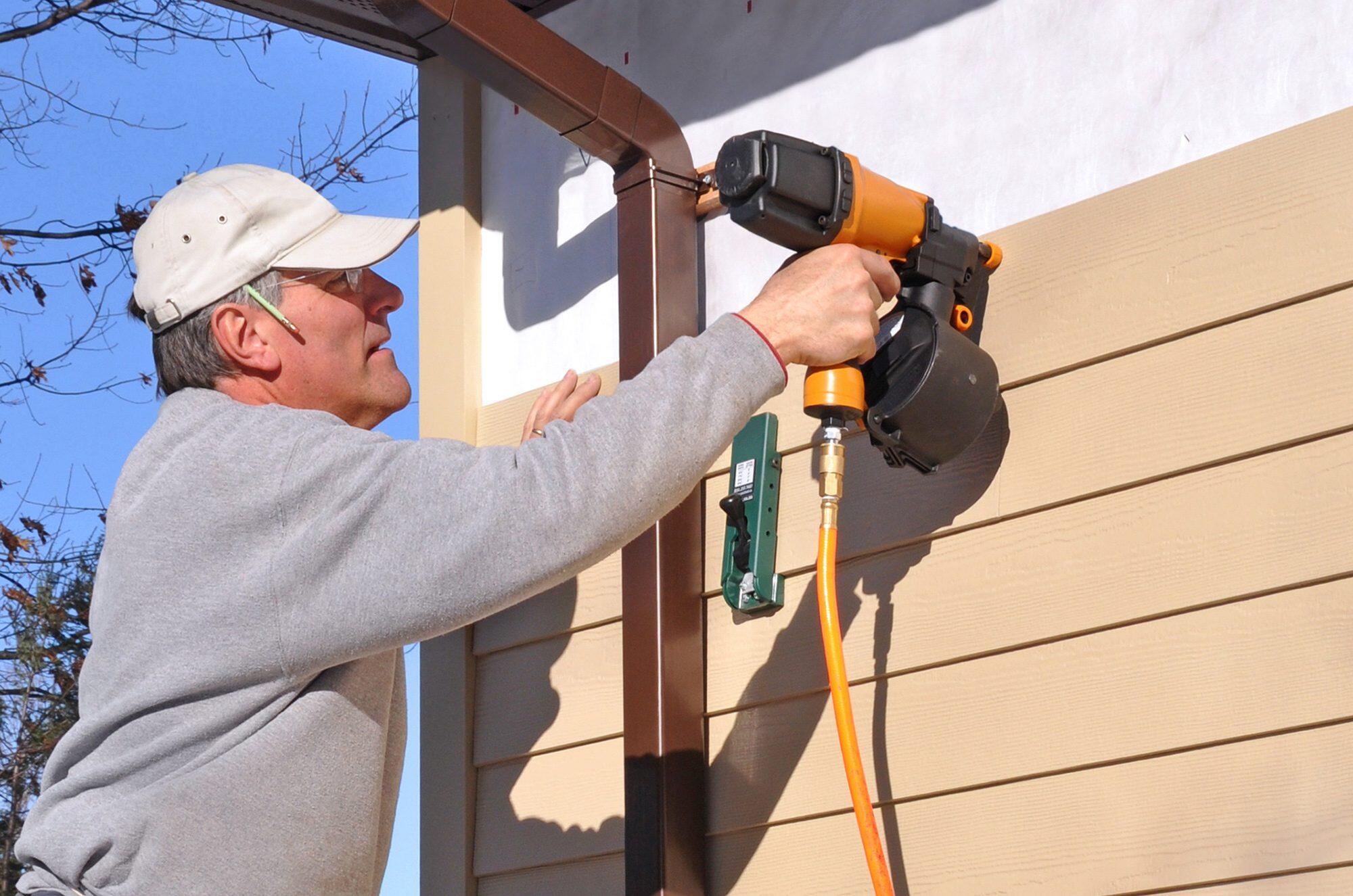
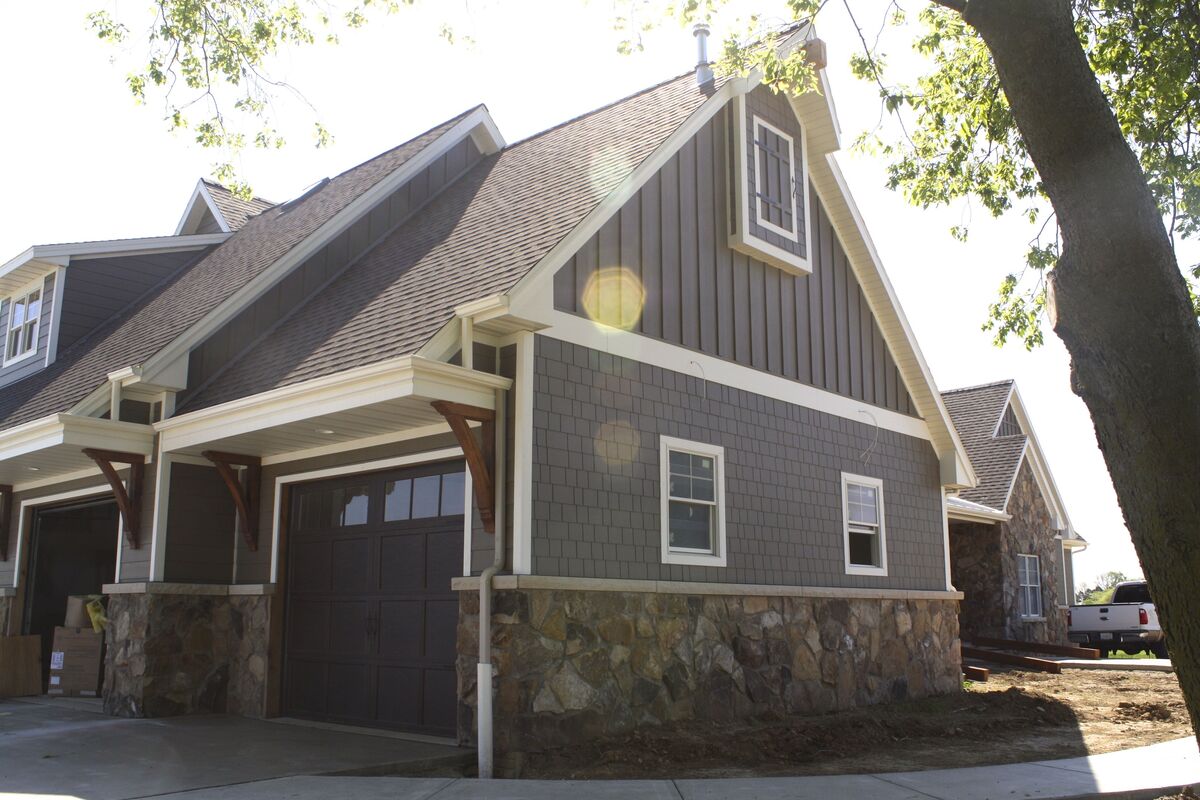
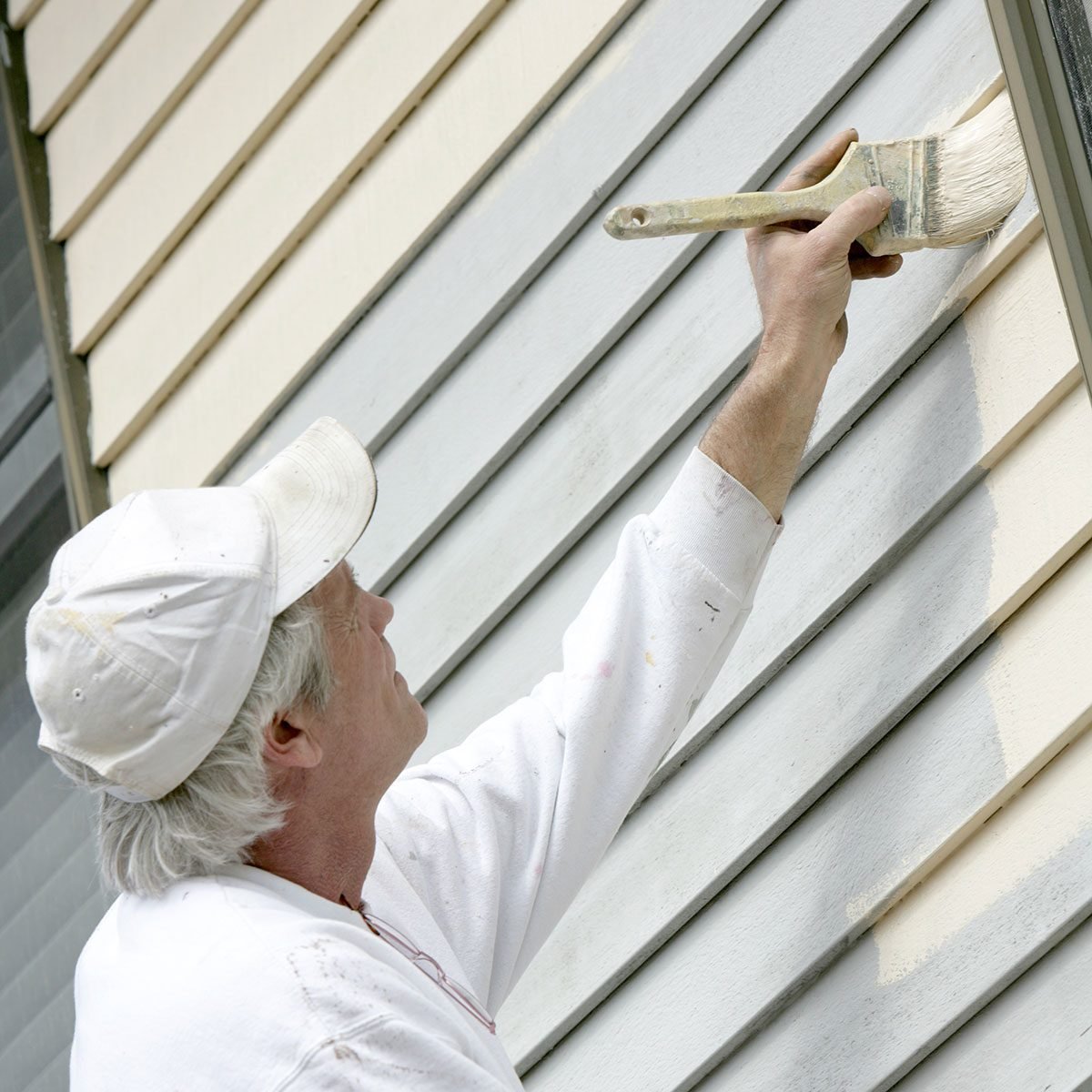
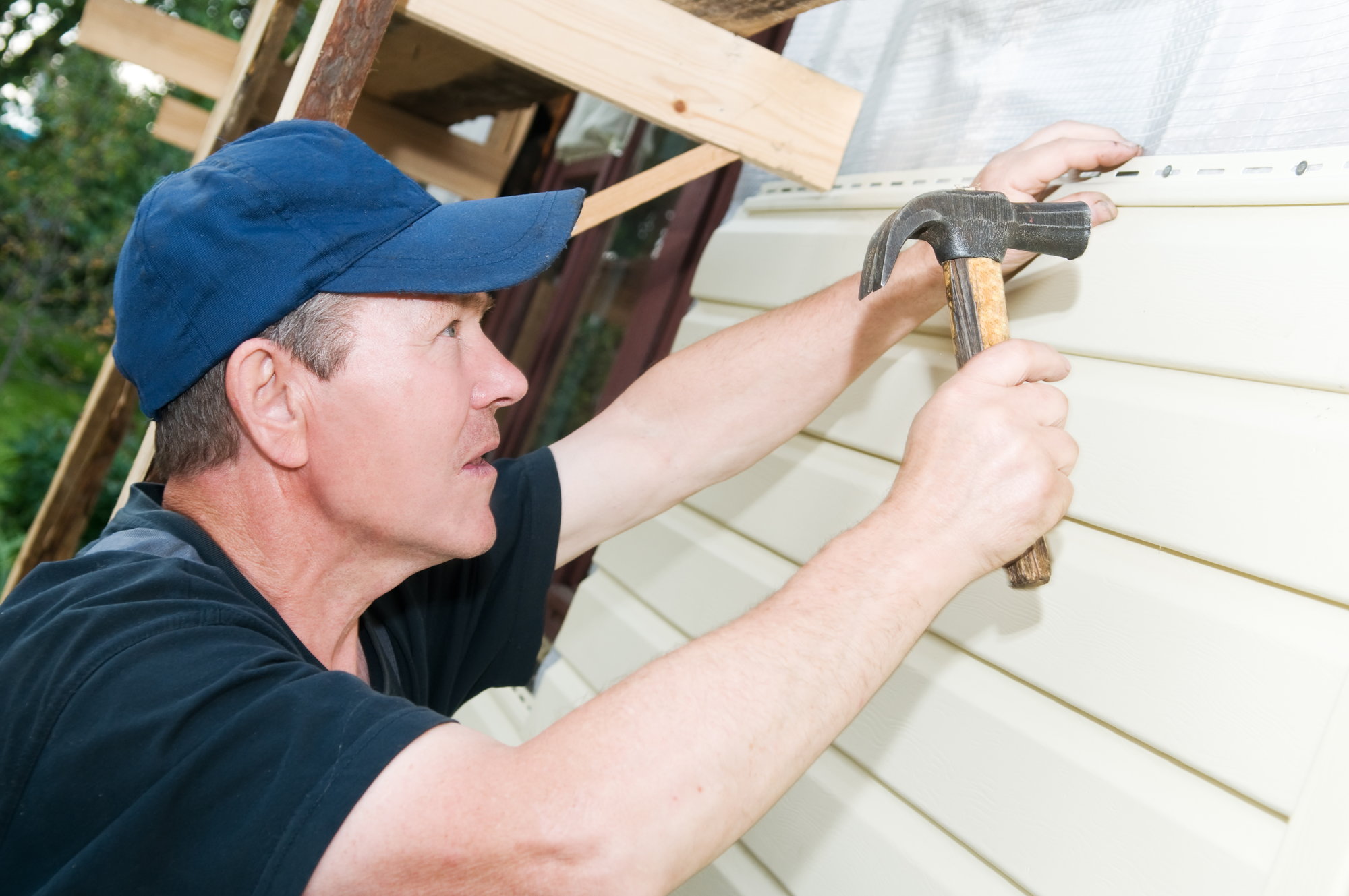

0 thoughts on “How Much Do You Overlap Hardie Siding”